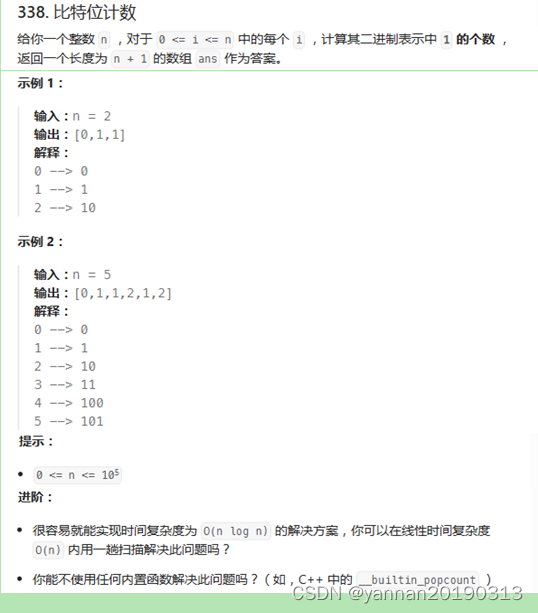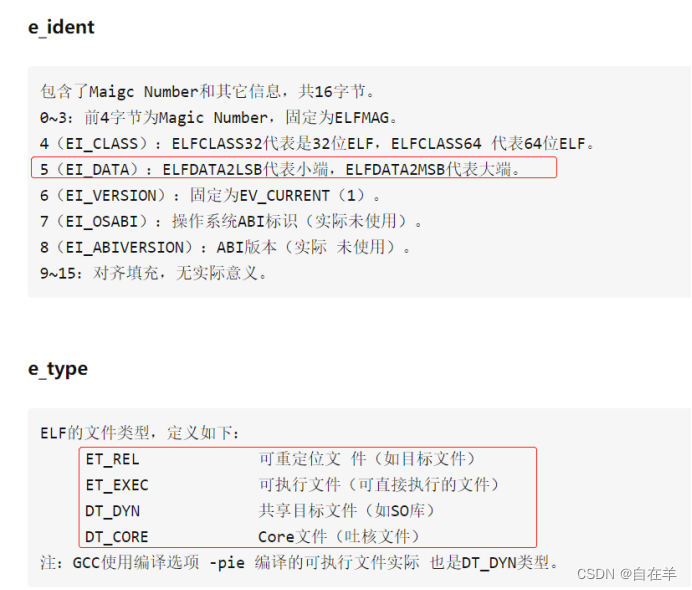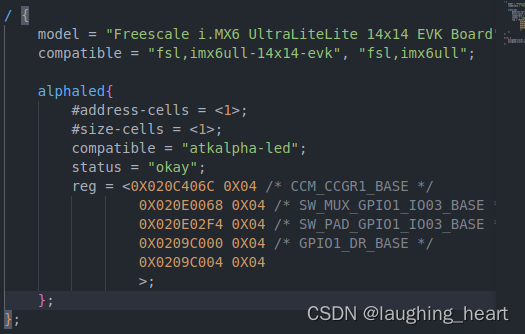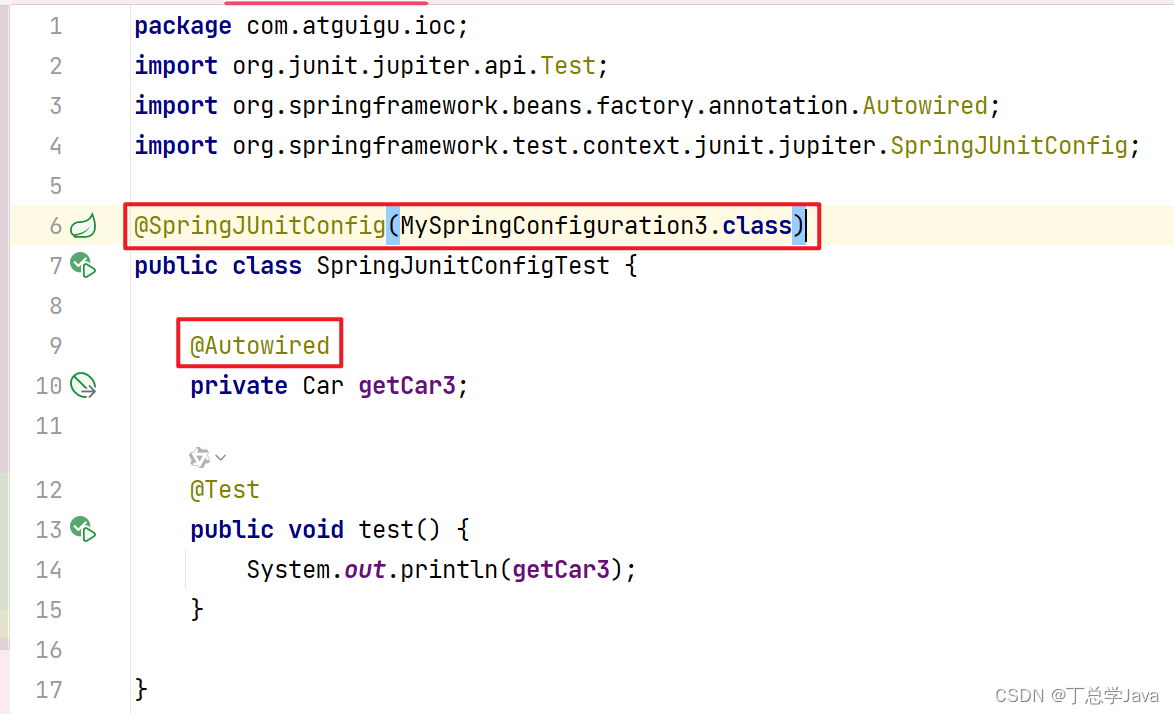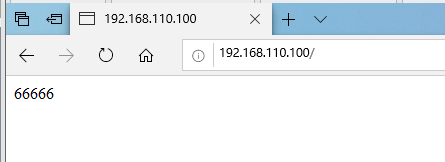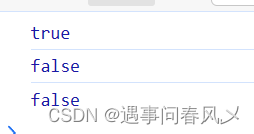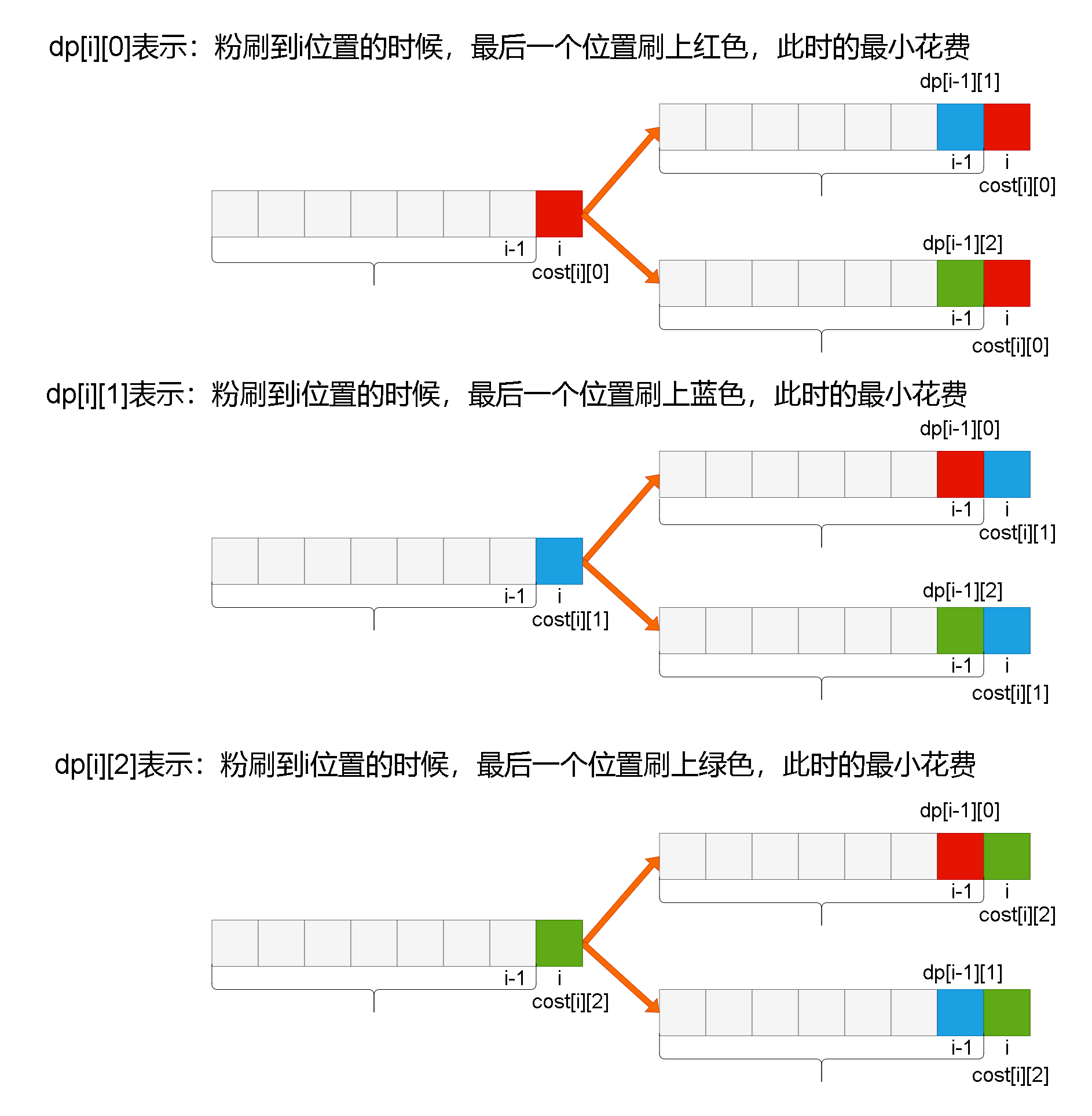文章目录
- 1.线性回归从0实现
- 2.线性回归简洁实现
- 【相关方法】
- torch.normal()
1.线性回归从0实现
从0开始实现整个方法,包括数据流水线、模型、损失函数和小批量随机梯度下降优化器
(1)导入需要的包
% matplotlib inline
import random
import torch
from d2l import torch as d2l #pip install d2l torch torchvision
(2)构造数据

def synthetic_data(w,b,num_examples):
"""生成y = Xw + b + 噪声"""
X = torch.normal(0, 1, (num_examples, len(w))) #生成均值为0,方差为1的随机数X,大小为:num个样本,列数为len(w)
Y = torch.matmul(X, w) + b
Y += torch.normal(0, 0.01, Y.shape) # 噪音
return X, Y.reshape((-1,1)) #将X,Y以列向量的形式返回
true_w = torch.tensor([2,-3.4])
true_b = 4.2
features, labels = synthetic_data(true_w, true_b, 1000)
print('features:',features[0], '\nlabel:',labels[0])

(3)定义一个data_iter函数,该函数接收批量大小、特征矩阵和标签向量作为输入,生成大小为batch_size的小批量
def data_iter(batch_size, features, labels):
num_examples = len(features) #样本数量
indices = list(range(num_examples)) # 每个样本的index,0到num_example-1,存成list
# print(indices)
# 随机读取数据
random.shuffle(indices) # 打乱indices,即打乱index,以做到随机访问每一个样本
# print(indices)
# 从0到num_examples-1,步长为batch_size
for i in range(0, num_examples, batch_size):
batch_indices = torch.tensor(indices[i:min(i + batch_size,num_examples)])
# yield:以(x,y)的形式返回
yield features[batch_indices],labels[batch_indices]
batch_size = 10
for X, y in data_iter(batch_size, features, labels):
print(X, '\n', y)
break
(4)定义损失函数
def squared_loss(y_hat, y):
"""均方损失"""
return (y_hat - y.reshape(y_hat.shape))**2 / 2
(5)定义优化算法
def sgd(params, lr, batch_size):
"""小批量随机梯度下降"""
with torch.no_grad( ):
for param in params:
param -= lr * param.grad /batch_size
param.grad.zero_()
(6)训练过程
lr = 0.03 #学习率
num_epochs = 3
net = linreg
loss = squared_loss
for epoch in range(num_epochs):
for X,y in data_iter(batch_size, features, labels):
l = loss(net(X, w, b), y)
l.sum().backward()
sgd([w,b], lr, batch_size)
with torch.no_grad():
train_l = loss(net(features, w, b), labels)
print(f'epoch {epoch+1},loss {float(train_l.mean()):f}')
epoch 1,loss 0.037877
epoch 2,loss 0.000149
epoch 3,loss 0.000053
2.线性回归简洁实现
(1)使用深度学习框架实现线性回归模型,生成数据集
import numpy as np
import torch
from torch.utils import data # 处理数据的相关模块
from d2l import torch as d2l
true_w = torch.tensor([2,-3.4])
true_b = 4.2
# 通过人工数据生成的函数合成所需要的数据
features, labels = d2l.synthetic_data(true_w, true_b, 100)
(2)调用框架中现有的API来读取数据
def load_array(data_arrays, batch_size, is_train=True):
"""构造一个PyTorch数据迭代器"""
dataset = data.TensorDataset(*data_arrays)
return data.DataLoader(dataset,batch_size,shuffle=is_train)
batch_size = 10
data_iter = load_array((features, labels), batch_size)
next(iter(data_iter))
[tensor([[-2.6414, -0.0434],
[-0.4269, -0.6939],
[-1.0043, 1.0792],
[-0.7633, 0.5864],
[-1.0033, -0.0062],
[ 0.2628, -0.9052],
[-1.2950, -0.1154],
[ 1.1647, -1.1407],
[ 1.4055, -1.1912],
[ 0.4733, 1.5539]]),
tensor([[-0.9327],
[ 5.7303],
[-1.4759],
[ 0.6839],
[ 2.2185],
[ 7.8047],
[ 2.0032],
[10.4156],
[11.0725],
[-0.1272]])]
(3)使用框架预定义好的层
from torch import nn
net = nn.Sequential(nn.Linear(2,1)) # 输入维度为2,输出维度为1
(4)初始化模型参数
net[0].weight.data.normal_(0, 0.01) #使用正态分布替换data的值
net[0].bias.data.fill_(0)
tensor([0.])
(5)计算均方误差使用MSELoss类
Loss = nn.MSELoss()
(6)实例化SGD
trainer = torch.optim.SGD(net.parameters(), lr=0.03)
(7)训练
num_epochs = 3
for epoch in range(num_epochs):
for X, y in data_iter:
l = Loss(net(X), y)
trainer.zero_grad()
l.backward()
trainer.step()
l = Loss(net(features), labels)
print(f'epoch {epoch+1}, loss {l:f}')
epoch 1, loss 0.000105
epoch 2, loss 0.000105
epoch 3, loss 0.000105
【相关方法】
torch.normal()
torch.normal(mean, std, generator=None, out=None)
返回从单独的正态分布中提取的随机数的张量,该正态分布的均值是mean,标准差是std
import torch
x = torch.normal(0,1,(2,2))
print(x)


